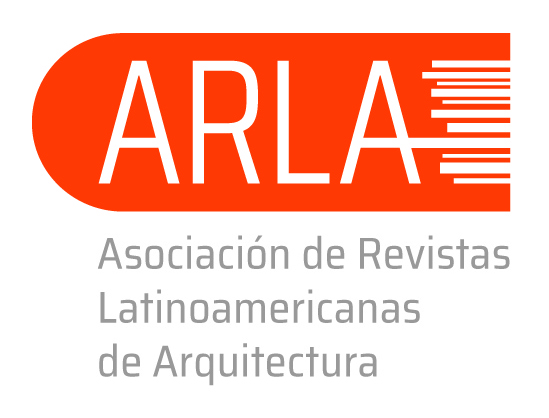The role of social organizations in slums
The case of the city of Santa Fe
DOI:
https://doi.org/10.14409/ar.v1i4.4427Keywords:
action; impact ; Informality; territory; civil societyAbstract
Recent changes evidenced in the territory, as a result of rapid changes, have been the subject of numerous research studies. The role of the state, private sector and civil society have had to redefine itself. New social organizations appear from the 80 decade as a new way to generate local interventions around specific topics and, in many cases, as managers of the formation and consolidation of neighborhoods, housing and urban habitat. This paper seeks to deepen understanding about urban precariousness in informal settlements in the city of Santa Fe, and investigate the role that social organizations acquire, particularly those changes that have occurred between the last decades of last century and the first of this one. It starts from the assumption that social organizations, taking a leading role by the absence of the role of the state, have become generators of profound changes in relation to urban habitat. Although very valuable investigations carried out so far, very few material is specifically referred to this problem, particularly in those areas affected by a marked process of urbanization such as Santa Fe.
Published
How to Cite
Issue
Section
License
ACCESO ABIERTO
ARQUISUR Revista es una publicación de acceso abierto y sin ánimo de lucro. No se imputan cargos por la recepción, revisión, evaluación, publicación ni acceso a sus contenidos. Se distribuye bajo una Licencia Creative Commons CC Atribución-NoComercial-SinDerivadas 4.0 Internacional (CC BY-NC-ND 4.0): No se permite un uso comercial de la obra original ni la generación de obras derivadas. Esta licencia no es una licencia libre, y es la más cercana al derecho de autor tradicional.
DESCARGO
Los criterios expuestos en los artículos son de exclusiva responsabilidad de sus autores y no reflejan necesariamente la opinión del Comité Editorial ni de la Dirección Editorial Técnica. Los derechos de los artículos publicados pertenecen a sus autores o editoriales. Los autores ceden sus derechos de publicación al Centro de Ediciones de la Universidad Nacional del Litoral de Santa Fe, Argentina.














